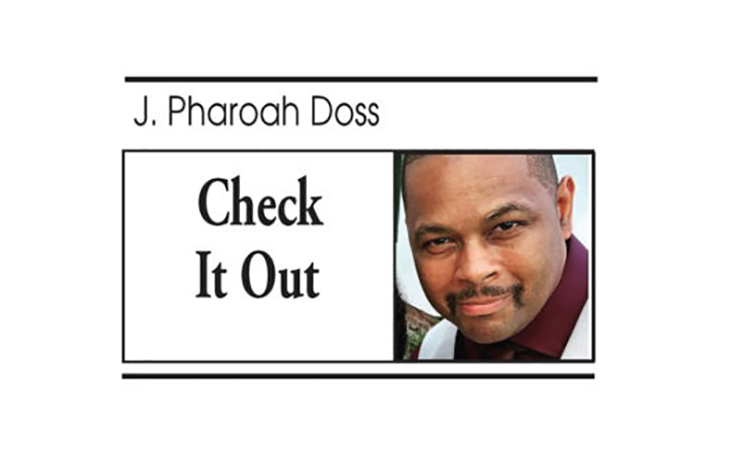A few weeks after Hamas’s October 7th surprise attack on Israel, in which Hamas terrorists crossed into Israel from Gaza and murdered hundreds of Israeli civilians, political scientist Norman Finkelstein published an essay titled Nat Turner in Gaza, in which he compared Hamas’s attack to Nat Turner’s 1831 slave revolt in Virginia—the largest slave revolt in American history.
For 48 hours, no White was spared the slaves’ accumulated wrath, according to Finkelstein. Whole families—dads, mothers, daughters, newborns, and schoolchildren—were butchered, thrown into heaps, and left to be devoured by hogs and dogs. Finkelstein noted that a book on Turner’s life was included in the “Black Americans of Achievement” biography series for children in 1988, indicating that Nat Turner had an honored place in American history more than a century after the revolt.
This compelled Finkelstein to declare, “It’s still high noon and thus too soon to resolve what verdict history will cast on the slave revolt in Gaza on October 7, 2023.”
Finkelstein later took part in a debate concerning the Palestinian-Israeli conflict. The moderator recalled Nat Turner in Gaza and said it sounded like Finkelstein’s essay aimed to establish a psychological defense for the Hamas attackers by pleading down from premeditated murder to manslaughter to justifiable homicide.
The moderator was unsure whether he had reached the correct conclusion from Nat Turner in Gaza, so he asked Finkelstein to elaborate on the purpose of his essay.

Finkelstein remarked that the October 7 atrocities were so heinous that he was at a loss for analogies, but Finkelstein has previously equated Gaza to a prison camp. He told the moderator that both of his parents were in Nazi concentration camps and that when he tried to make a moral judgment on the October 7th attack, he imagined the verdict his parents would render. Finkelstein never announced what he thought his parents would say, but he sounded convinced that his parents would not have passed judgment on the Oct. 7 attackers.
Of course, this type of understanding is only plausible through Finkelstein’s concentration camp analogy. It indicates that concentration camp survivors would sympathize with, rather than condemn, people who tried to free themselves from concentration camps by any means necessary. The analogy might hold if the Oct. 7th attackers solely targeted Israeli soldiers, i.e., the enforcers of the “concentration camp,” but the targeting and mass murder of hundreds of civilians made that analogy unworkable.
It didn’t dawn on Finkelstein that he was at a loss for analogies because there wasn’t anything equivalent to the October 7th attack if the objective of the analogy was to prevent one from passing moral judgment on the October 7th attackers. He kept looking until he discovered an analogy that portrayed the perpetrators of the October 7th attack as oppressed victims with violence as their only option.
Instead of comparing Gaza to a concentration camp, Finkelstein decided to compare Gaza to a slave plantation. Finkelstein implies that the Hamas attackers were no different than Nat Turner and his followers. They were both born into oppression and raised under a ruling class that dehumanized them. Under inhumane conditions, the oppressed can only reclaim their humanity by overthrowing the system.
Finkelstein also noted that the leading abolitionists of the time were horrified by the violence of Nat Turner’s revolt, but they never condemned Nat Turner and his followers. The abolitionists actually spoke against White hypocrisy, praising events like the American Revolution and the bloodshed involved in securing national liberty but rejecting the notion that violence was legitimate when committed by an enslaved people to liberate themselves.
Finkelstein believes that the historical verdict will not judge the Hamas attackers severely or as terrorists as the current media does. Over time, the Hamas attackers will be remembered in the same way that Nat Turner was.
Once again, this type of understanding is only possible by analogy. Finkelstein’s debate counterpart dismissed the premise of Nat Turner in Gaza by simply stating that the Hamas attackers were not slaves. That lone fact would have been a successful refutation of Finkelstein’s emotional appeal in the past, but we now live in an age where emotional truth—how one feels about a situation rather than what actually happened—takes precedence over reality.
In reality, the slave plantation analogy is reprehensible. The only similarity between the Hamas attackers and Nat Turner is their willingness to kill, but their motivations are entirely different.
Nat Turner and his followers were not launching a fight to destroy the state of Virginia in the same manner that Hamas has vowed to destroy Israel. No northern free state provided Nat Turner with weapons in the same manner that Iran does for Hamas. More crucially, as slaves—White people’s property—Nat Turner and his followers murdered everyone on the plantations who could claim ownership over them. The Hamas attackers murdered Israeli civilians because Hamas held the civilians responsible for Israel’s war crimes, i.e., the civilians were guilty by citizenship.
The historical verdict is favorable toward Nat Turner because slavery was abolished due to its inhumanity. The only way history will vindicate the Hamas attackers is if Israel is somehow abolished for crimes against humanity.
There were no Nat Turners in Gaza, but there were terrorists in Israel

